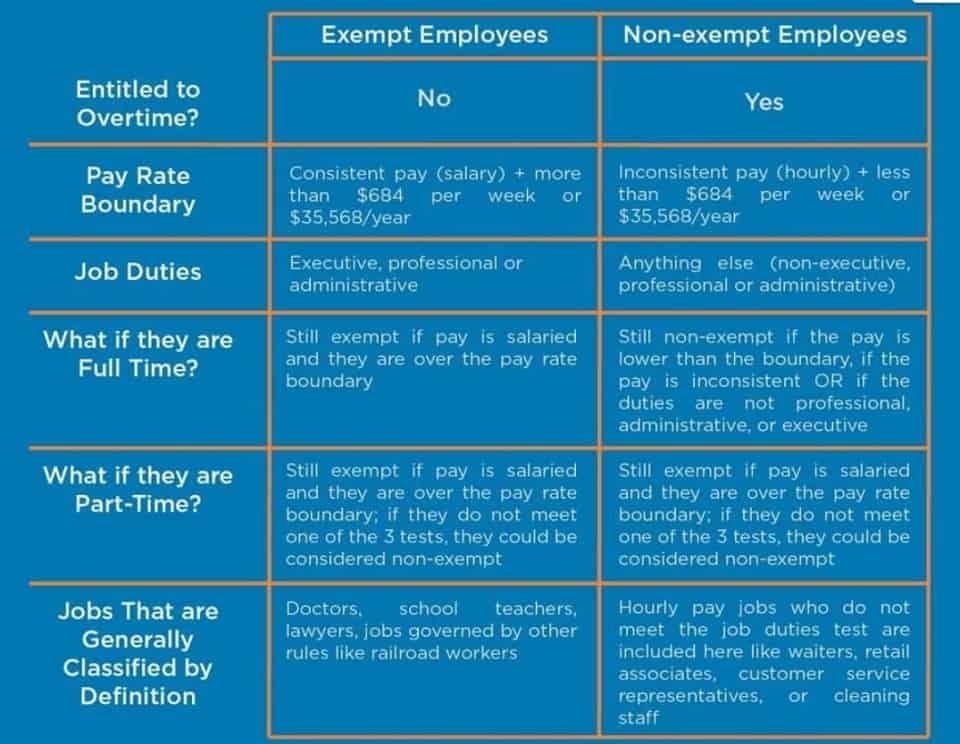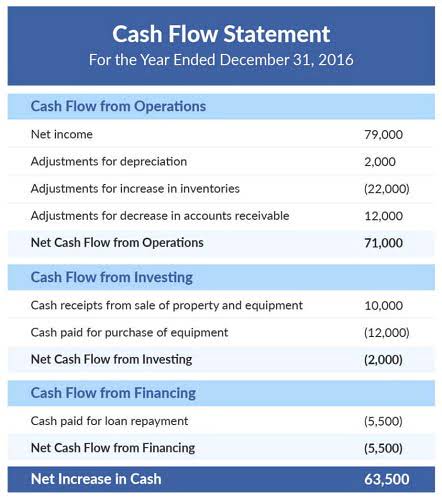Lack of reinvestment and inefficient spending can be red flags for investors, too.That said, calculating your retained earnings is a vital part of recognizing issues like that so you can rectify them. Remember to interpret retained earnings in the context of your business realities (i.e. seasonality), and you’ll be in good shape to improve earnings and grow your business. If you see your beginning retained earnings as negative, that could mean that the current accounting cycle you’re in has a larger net loss than your beginning balance of retained earnings.
The beginning period retained earnings appear on the previous year’s balance sheet under the shareholder’s equity section. The beginning period retained earnings are thus the retained earnings of the previous year. Since stock dividends are dividends given in the form of shares in place of cash, these lead to an increased http://classifields.ru/29/?field=342719 number of shares outstanding for the company. This means each shareholder now holds an additional number of shares of the company. Dividends are paid out of retained earnings of the company, and using both cash and stock dividends can lead to a decrease in the retained earnings of the company. There are some limitations with retained earnings, as these figures alone don’t provide enough material information about the company.
Why are retained earnings important for small business owners?
One of the most important things to consider when analysing retained earnings is the change in the share of equity amount. If you have a decrease in retained earnings, it may show that your business’s revenue and activities are on the decline. For example, even if you retain earnings to invest in a major marketing campaign, you need enough cash on hand to execute your plan.
For Creditors
When you know how to read your financial statements, you can find ways to increase your profit, and catch problems before they grow. Retained are part of your total assets, though—so you’ll include them alongside your other liabilities if you use the equation above. Calculating retained earnings after a stock dividend involves a few extra steps to figure out the actual amount of dividends you’ll be distributing. If you’ve prepared this statement before, you’ll carry over the last period’s beginning balance.
How to calculate retained earnings (formula + examples)
The statement of retained earnings is a financial document that summarizes how the company’s retained earnings—aka the revenue they’ve kept after paying for expenses—changed during a given period. Net income is the company’s profit for an accounting period, calculated by subtracting operating expenses from sales revenue. Here is an example of how to prepare a statement of retained earnings from our unadjusted trial balance and financial statements used in the accounting cycle examples for Paul’s Guitar Shop. Retained earnings are affected by an increase or decrease in the net income and amount of dividends paid to the stockholders. Thus, any item that leads to an increase or decrease in the net income would impact the retained earnings balance.
The other is an action on the part of the board of directors to increase paid-in capital by reducing RE. The act of appropriation does not increase the cash available for the acquisition and is, therefore, unnecessary. It may be done, however, if management believes that it will help the stockholders accept the non-payment of dividends.
This profit is often paid out to shareholders, but it can also be reinvested back into the company for growth purposes. Most financial statements have an entire section for calculating retained earnings. But small business owners often place a retained earnings calculation on their income statement. On the other hand, the statement of stockholders’ equity shows how the balance of the shareholders’ equity account changed over the current accounting period. Retained earnings provide you with insight into your cumulative net earnings.
Statement of retained earnings example
In order to track the flow of cash through your business — and to see if it increased or decreased over time — look to the statement of cash flows. We believe everyone should be able to make financial decisions with confidence. A second situation in which an adjustment can be entered directly in the RE account and, in this way, bypass the income statement is in the context of quasi-reorganization. Many firms restate (or adjust) the balance of the retained earnings (RE) account as they record the effects of events that have their origins in earlier reporting periods.
After adding/subtracting the current period’s net profit/loss to/from the beginning period retained earnings, you’ll need to subtract https://medhaavi.in/best-social-media-platforms-to-market-your-business-in-2021/ the cash and stock dividends paid by the company during the year. In this case, Company A paid out dividends worth $10,000, so we’ll subtract this amount from the total of beginning period retained earnings and net profit. Investors want to see an increasing number of dividends or a rising share price. Although they’re shareholders, they’re a few steps removed from the business.
What does the statement of retained earnings include?
Revenue, net profit, and retained earnings are terms frequently used on a company’s balance sheet, but it’s important to understand their differences. A statement of retained earnings details the changes in a company’s retained earnings balance over a specific period, usually a year. We’ll explain everything you need to know about retained earnings, including how to create retained earnings statements quickly and easily with accounting software.
Net Income vs Retained Earnings
- Hence, the technology company will likely have higher retained earnings than the T-shirt manufacturer.
- Where cash dividends are paid out in cash on a per-share basis, stock dividends are dividends given in the form of additional shares as fractions per existing shares.
- Any item that impacts net income (or net loss) will impact the retained earnings.
- A statement of retained earnings details the changes in a company’s retained earnings balance over a specific period, usually a year.
- When a company consistently retains part of its earnings and demonstrates a history of profitability, it’s a good indicator of financial health and growth potential.
You calculate retained earnings by combining the balance sheet and income statement information. For an example, let’s look at a hypothetical hair product company that https://sim.kz/5000-words-the-basics-of-term-papers/ makes $15 million in sales revenue. The statement of retained earnings is a great way to assess a company’s growth prospects, but there’s plenty more information shareholders and management need to make smart decisions. Note that the amount of dividends reported in the statement of retained earnings doesn’t include dividends on preferred stock. They’re reported on the income statement as a subtraction from net income and not as an expense because they’re not tax-deductible. The equity statement is important because it indicates management’s confidence in the company’s future growth.















